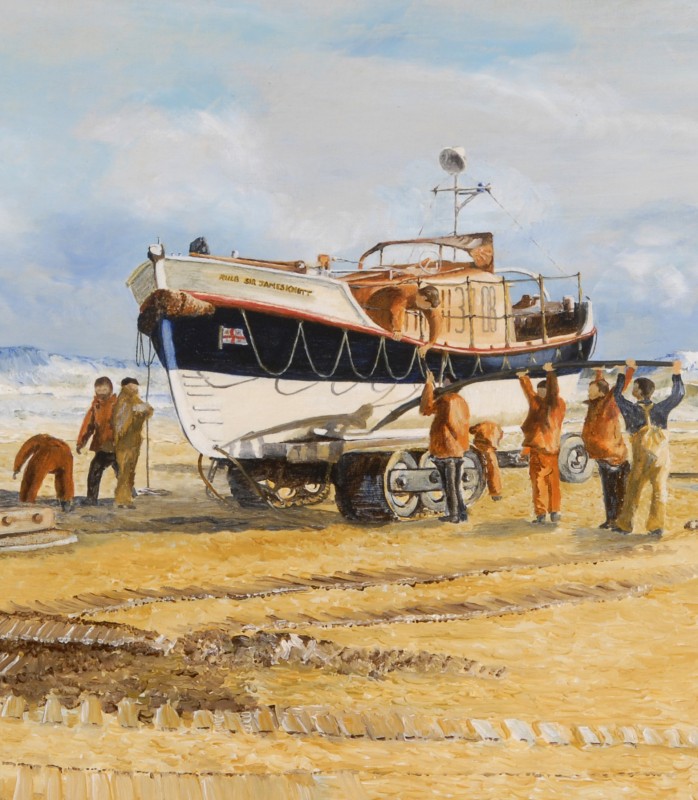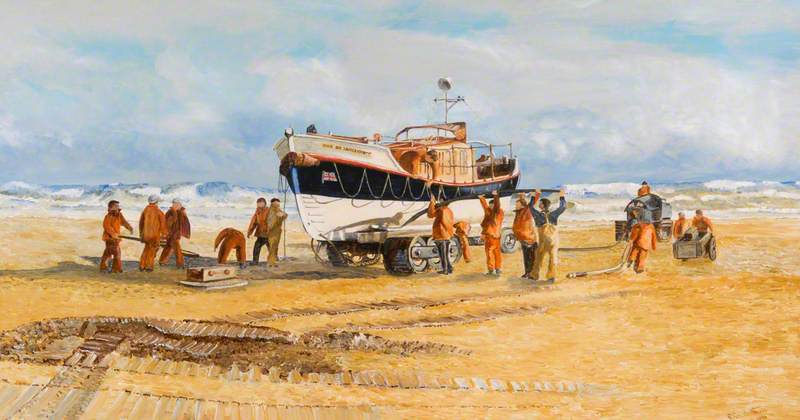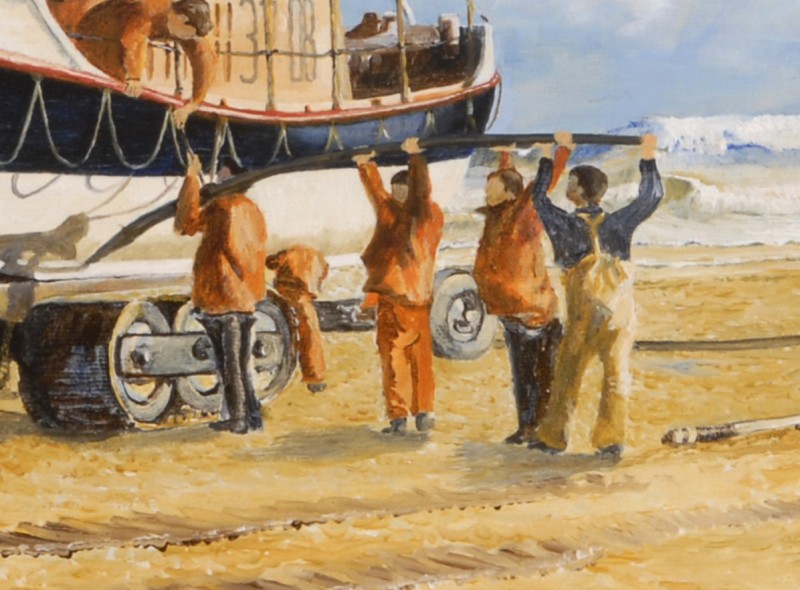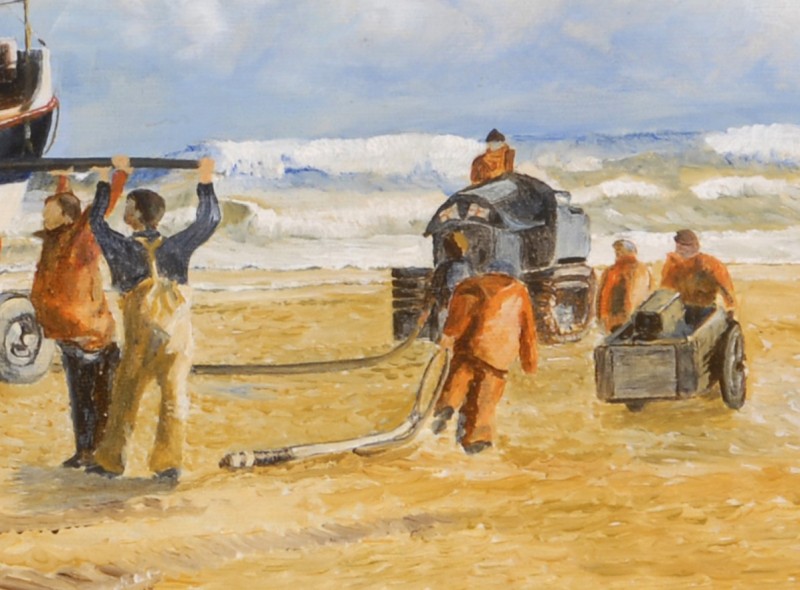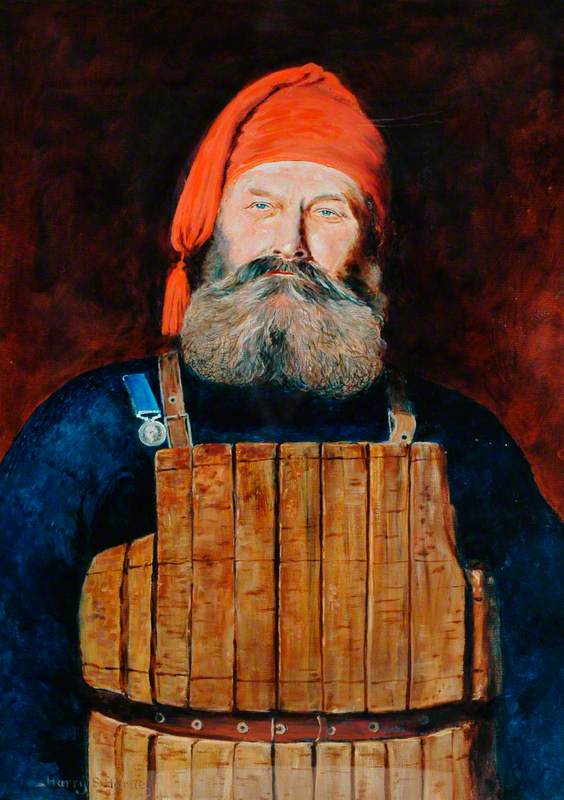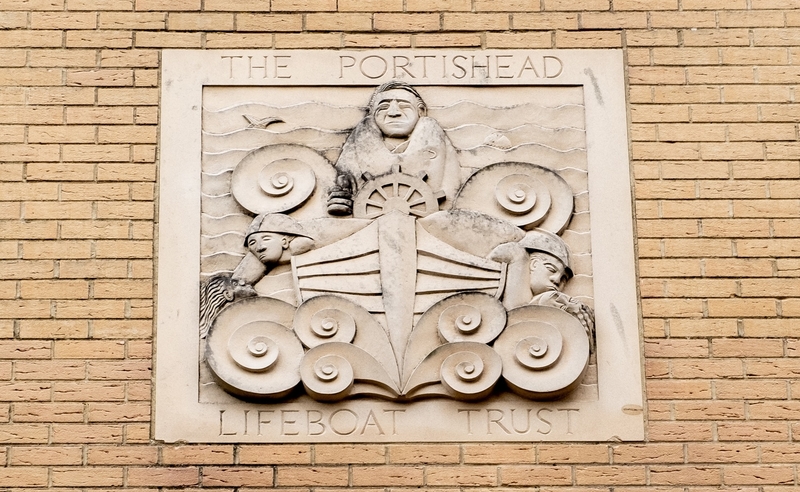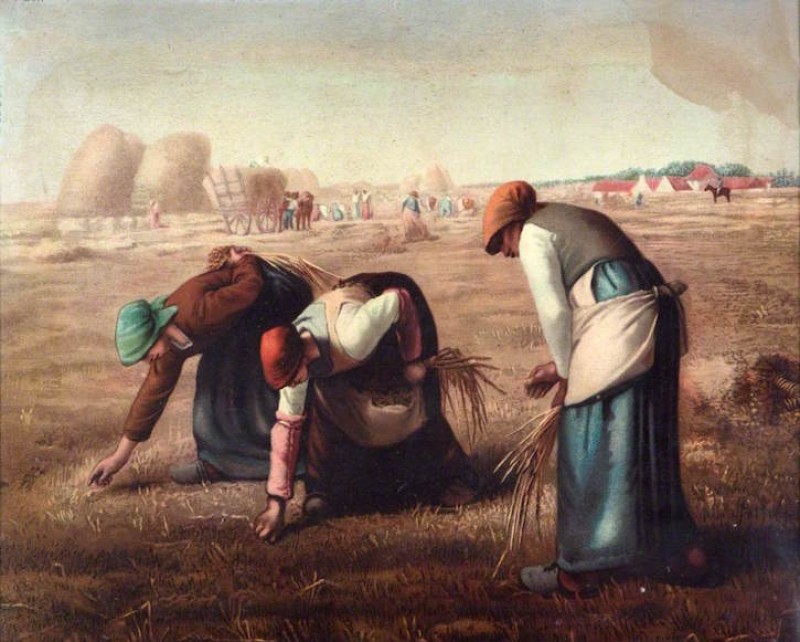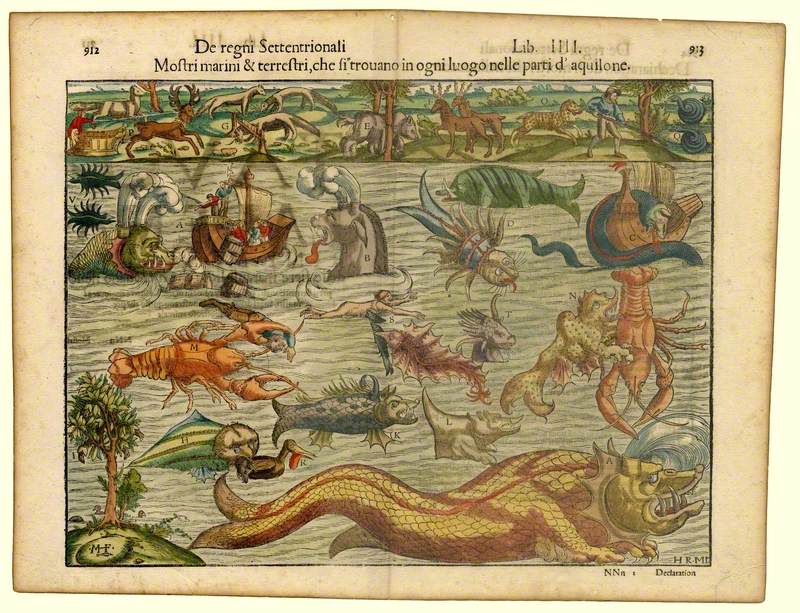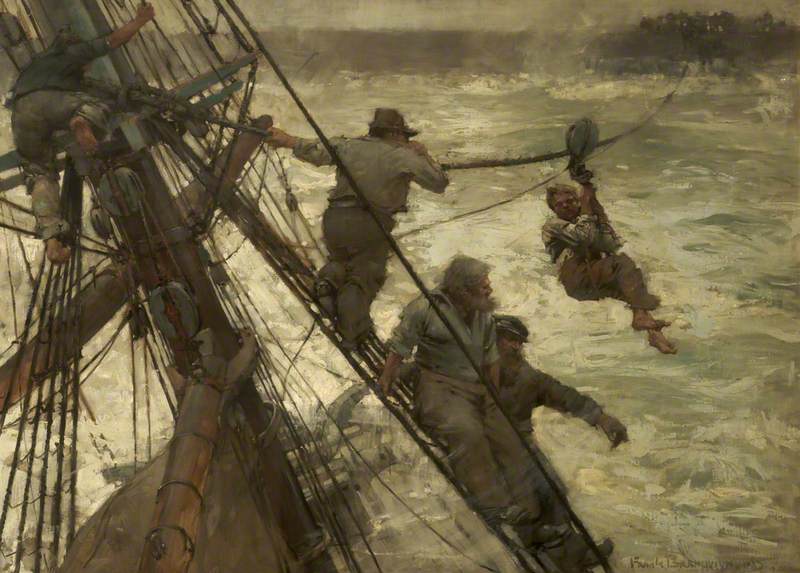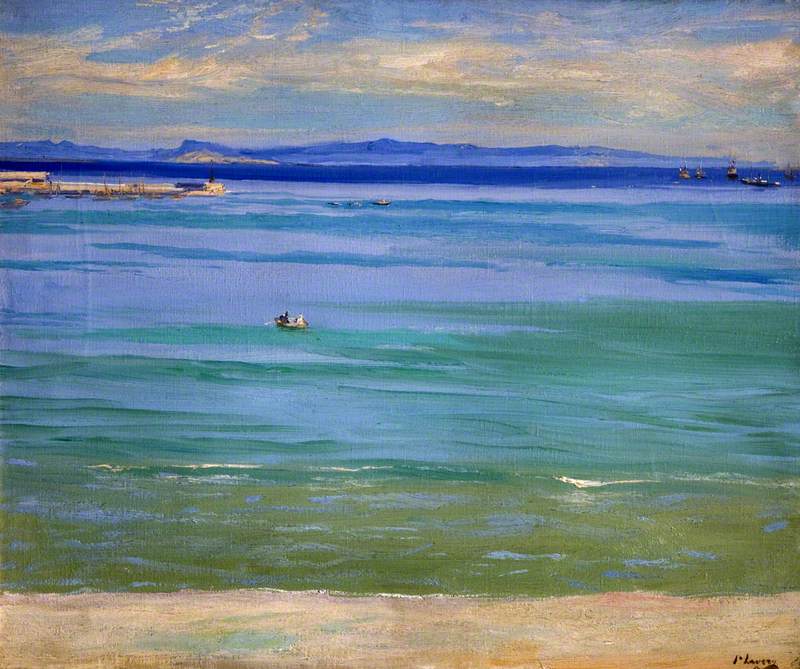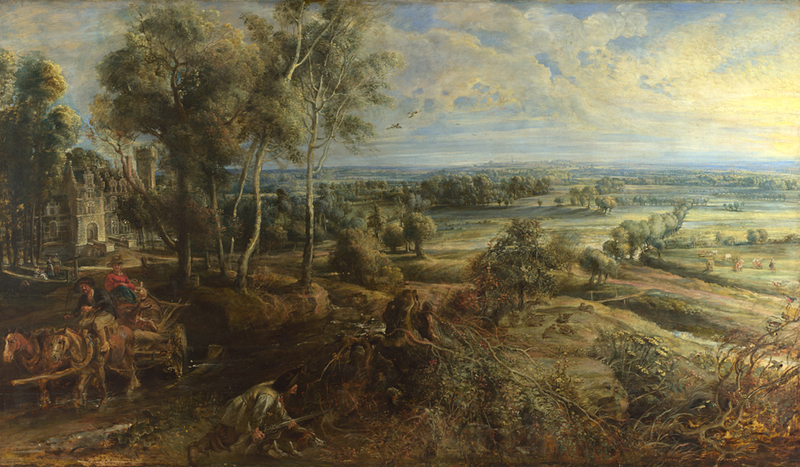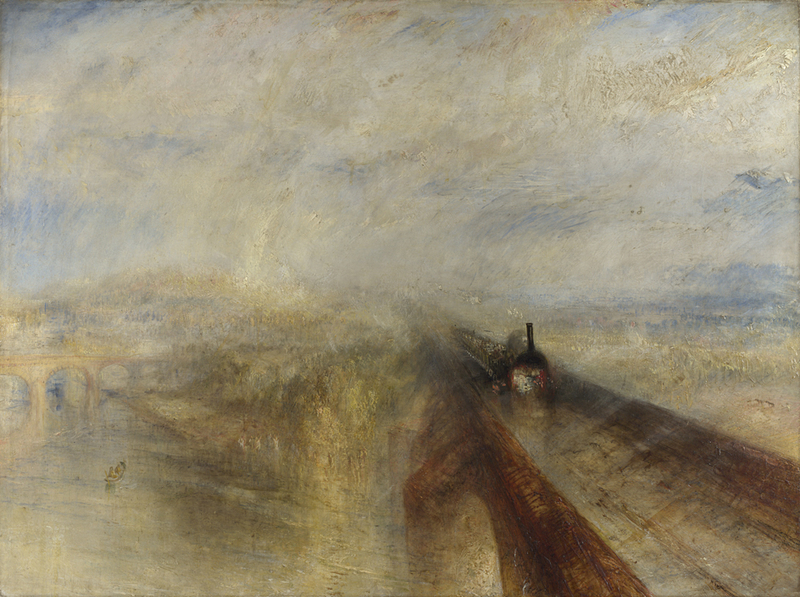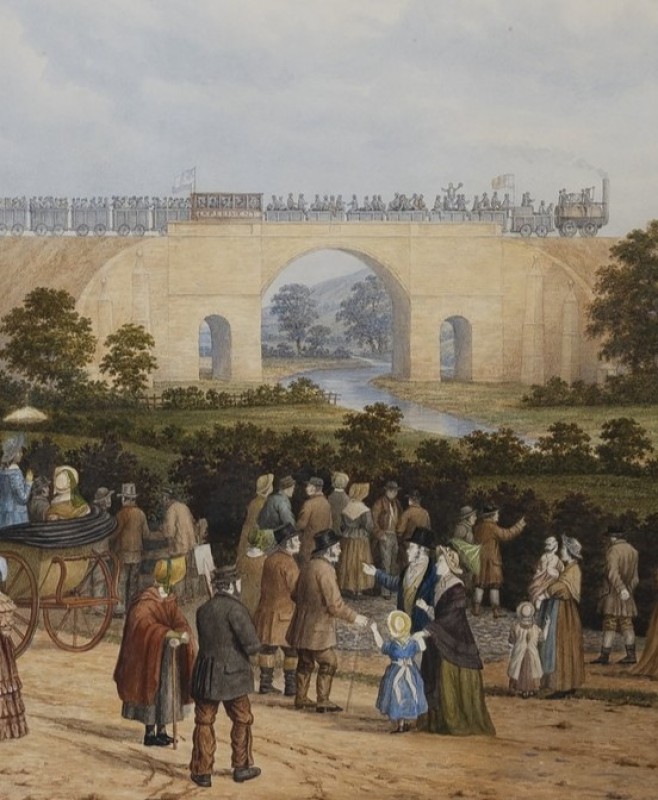Expressive arts
Exploring the expressive arts is essential to developing artistic skills and knowledge and it enables learners to become curious and creative individuals
- I can explore and experiment with and then select appropriate creative techniques, practices, materials, processes, resources, tools and technologies.
- I can explore how and why creative work is made by asking questions and developing my own answers.
- I can explore and describe how artists and creative work communicate mood, feelings and ideas.
Responding and reflecting, both as artist and audience, is a fundamental part of learning in the expressive arts
- I can consider, with guidance, how moods, emotions and ideas are communicated both in my own creative work and in the creative work of others.
Creating combines skills and knowledge, drawing on the senses, inspiration and imagination.
- I can communicate ideas, feelings and memories for an audience and for purposes and outcomes in my creative work.
- I am beginning to apply techniques in my creative work with guidance and direction.
- I can create my own designs and work collaboratively with others to develop creative ideas.
- I can use creative materials safely and with some control under supervision.
Humanities
Enquiry, exploration and investigation inspire curiosity about the world, its past, present and future
- I have been curious and made suggestions for possible enquiries and have asked and responded to a range of questions during an enquiry.
- I have experienced a range of stimuli, and had opportunities to participate in enquiries, both collaboratively and with growing independence.
Human societies are complex and diverse, and shaped by human actions and beliefs
- I can sequence events and I am beginning to understand that the past can be divided into periods of time.
- I can recognise similarities and differences between people’s lives, both in the past and present.
- I can identify aspects of life in my community that have changed over time.
Health and wellbeing (PS 2/3)
- Our descion making impacts on our lives and the lives of others
- I can identify and assess risks, and I can take steps to reduce them.
Languages, literacy and communication
Welsh / English
Understanding languages is key to understanding the world around us
- I can listen to, understand and communicate the general meaning of what I hear.
- I can listen to, understand and later recall what I have heard.
- I can understand information about a variety of topics, identifying main points.
- I can understand and respond to a range of questions and multi-step instructions in a variety of familiar and unfamiliar contexts.
- I can listen to others and understand that they may have a different perspective from my own.
- I can respond to what I hear, read and see, asking questions and showing my understanding.
Expressing ourselves through language is key to communication
- I can speak clearly, varying expression and gestures to communicate my ideas.
- I can use single and multi-clause sentences, making choices to meet the intended audience and purpose.
- I can communicate using an increasingly varied and precise vocabulary.
- I can use single and multi-clause sentences.
- I can vary the types of sentences I use in my spoken language depending on where I am and who I am with.
- I can use spoken language for different purposes.
- I can ask and answer questions and exchange ideas and information.
- I can explain information and share ideas, opinions and feelings using relevant vocabulary.
